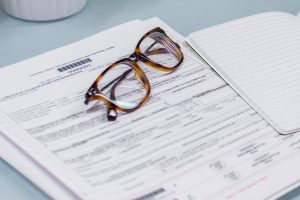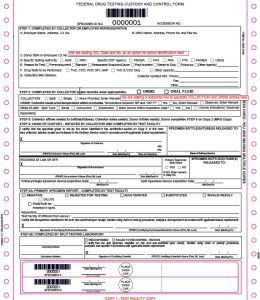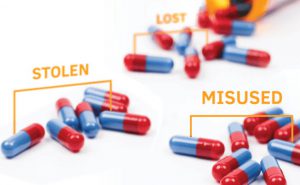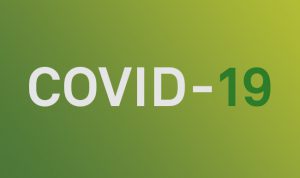 The use and abuse of illicit and prescription drugs is a persistent problem in the United States and has been for decades. For this reason, employers, public policy decision makers, law enforcement, media and the general public all have an interest in assessing past, current and emerging drug use trends. Unfortunately, there is no single data source that can answer all of the questions pertaining to drug use trends in the U.S. However, there are several well-recognized sources that, when used together, can help create a broader view.
The use and abuse of illicit and prescription drugs is a persistent problem in the United States and has been for decades. For this reason, employers, public policy decision makers, law enforcement, media and the general public all have an interest in assessing past, current and emerging drug use trends. Unfortunately, there is no single data source that can answer all of the questions pertaining to drug use trends in the U.S. However, there are several well-recognized sources that, when used together, can help create a broader view.
- The National Survey on Drug Use and Health (NSDUH) is an annual survey conducted by the U.S. Department of Health and Human Services to track drug use trends in the U.S. population. This survey is considered by many to be the definitive source for national estimates for rates of use, numbers of users and other measures related to illicit drugs, alcohol and tobacco products.
- Using data from workforce drug tests, the Quest Diagnostics Drug Testing Index™ (DTI) benchmarks positivity trends in its annual report. Over the past 25 years, the DTI has analyzed more than 125 million urine drug tests for federally mandated, safety-sensitive workers and the general workforce in the U.S.
- The Drug Abuse Warning Network (DAWN) reports estimates on drug-related visits to emergency rooms and includes data for illegal, prescription and over-the-counter drugs and inhalants.
- The Monitoring the Future (MTF) study presents national estimates of drug use by 8th, 10th, and 12th grade students in the U.S.
- The National Forensic Laboratory Information System (NFLIS) collects data from the analyses of substances secured during law enforcement operations.
Join us over the next several weeks as we use these sources to compare and contrast the latest trends for illicit drug use including marijuana, cocaine and many others.
For more information about drug testing, visit our website.




















Join us over the next several weeks as we use these sources to compare and contrast the latest trends for illicit drug use including marijuana, cocaine and many others.
For more information about drug testing, visit our website.